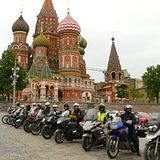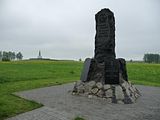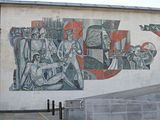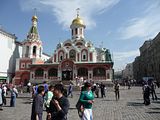Brillot2000
Active Member
- Joined
- Mar 10, 2014
- Messages
- 1,485
- Reaction score
- 1
- Points
- 36
- Location
- Sun Valley, CA, U.S.A.
DCT has no control over throttle. 100% it is caused by the rider. An unwilling error which causes panic and something like whiskey throttle.
It's not difficult. The gear is engaged, the engine is very strong at low RPMs... I have done it several times. So when I'm maneuvering I always turn the D/S-N switch to N.
I have to agree with Ste7ios on this one. I've made a couple of mistakes with twisting the throttle at low speeds and an idle at a complete stop. The bike well response to throttle quite quickly. It is best to maneuver the bike in "N", such as backing out of a parking space. I also twist the throttle back to "Fully Closed" when breaking as a precaution. Having the throttle slightly open will cause the bike to want to go forward, even when applying the breaks.








